Disraeli Gears by Cream
Buy Disraeli Gears Rock’s first “super group”, the British trio Cream was only together for a few years in the late 1960s with only four albums to their credit. However, they left a strong […]
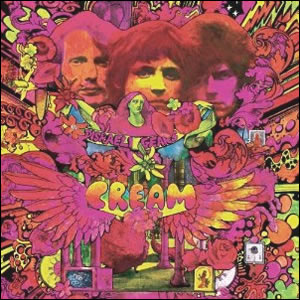
Buy Disraeli Gears Rock’s first “super group”, the British trio Cream was only together for a few years in the late 1960s with only four albums to their credit. However, they left a strong […]
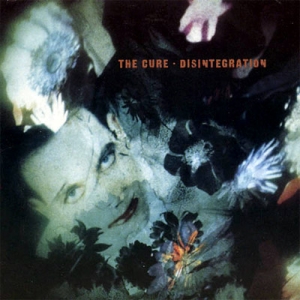
Buy Disintegration Through most of their first decade, The Cure was a group that was always on the razor’s edge of change making them one of the rare “alternative” bands which were actually […]

Buy Dire Straits British quartet Dire Straits launched their fruitful career in 1978 with an impressive self-titled debut studio album. This album features nine tracks composed by guitarist/vocalist Mark Knopfler who blended elements […]
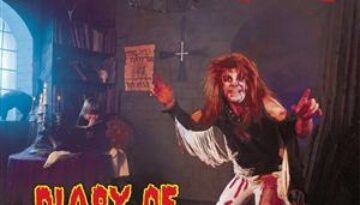
buy Diary of a Madman There is something pure about Ozzy Osbourne that makes him so endearing to his fiercely loyal fans. Without pretension, this big, overbearing lug that just plugs away at […]

Buy Diamond Dogs Following the successful album and tours of the conceptual The Rise and Fall of Ziggy Stardust and the Spiders from Mars, David Bowie decided to try another rock-opera-style piece based […]
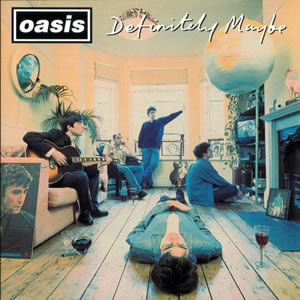
Buy Definitely Maybe A tremendous commercial success, Definitely Maybe is the 1994 debut album by Oasis. This album was instrumental in revitalizing the bright and optimistic “Britpop” movement in the midst of an […]
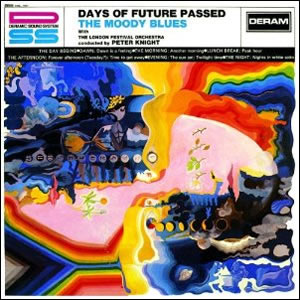
Buy Days of Future Passed Although Days of Future Passed is the second official album by The Moody Blues, it was the first to lay out the prog-rock template which would define the […]
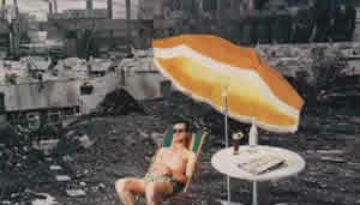
Buy Crisis? What Crisis? Crisis? What Crisis? is often overlooked in comparison to Supertramp‘s other albums from the mid to late seventies due to its relative lack of hit singles or classic rock […]
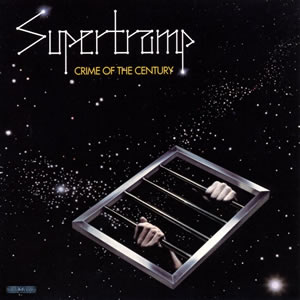
Buy Crime of the Century Crime of the Century was the album where it all came together for Supertramp, as they composed scores of tracks in order to find the best eight to […]
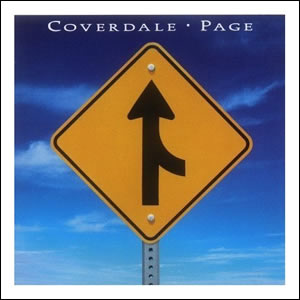
Buy Coverdale-Page Coverdale/Page was a collaboration featuring former Led Zeppelin guitarist Jimmy Page and former Whitesnake and former Deep Purple lead vocalist David Coverdale. The union of these two seemed like an odd […]